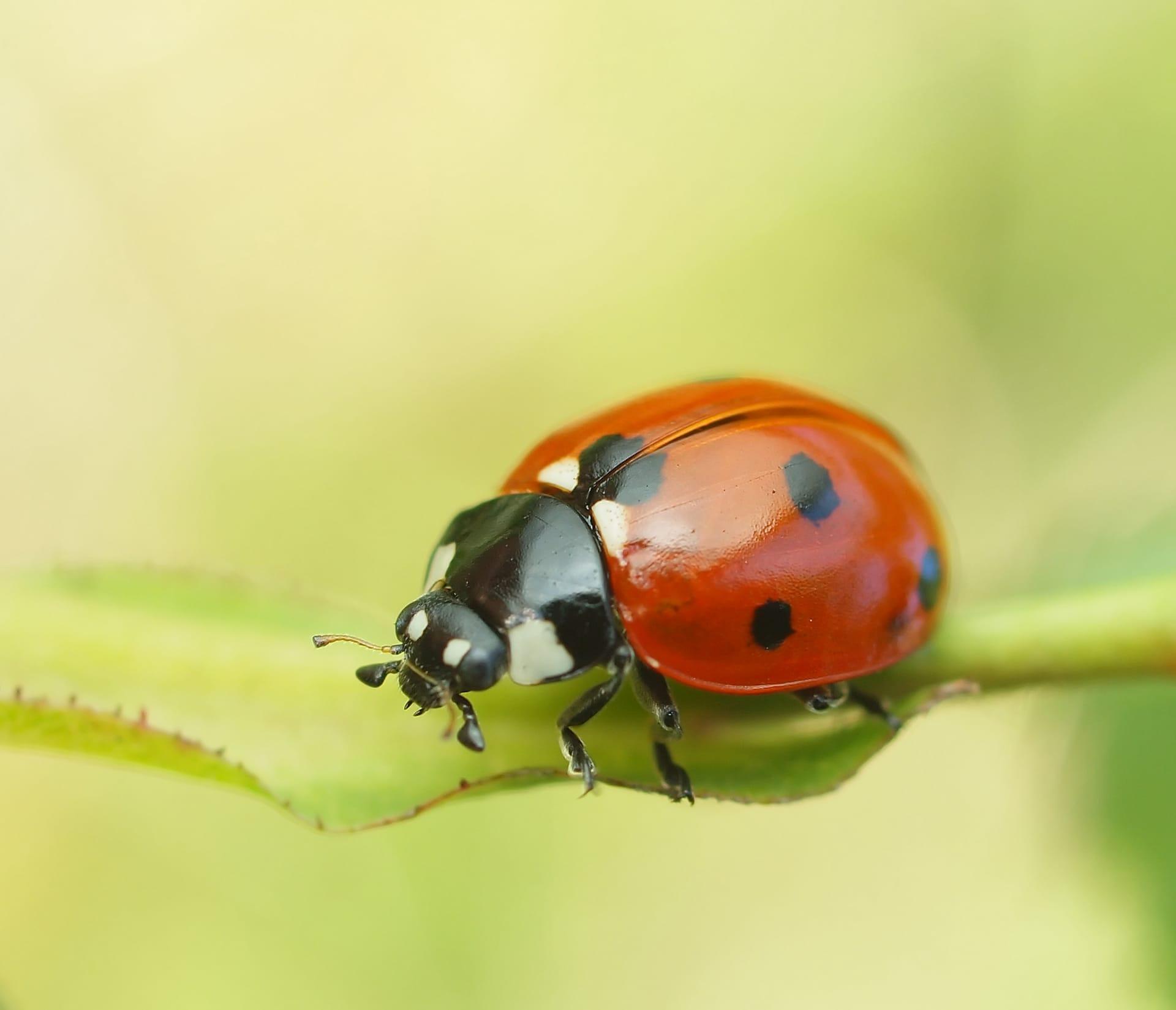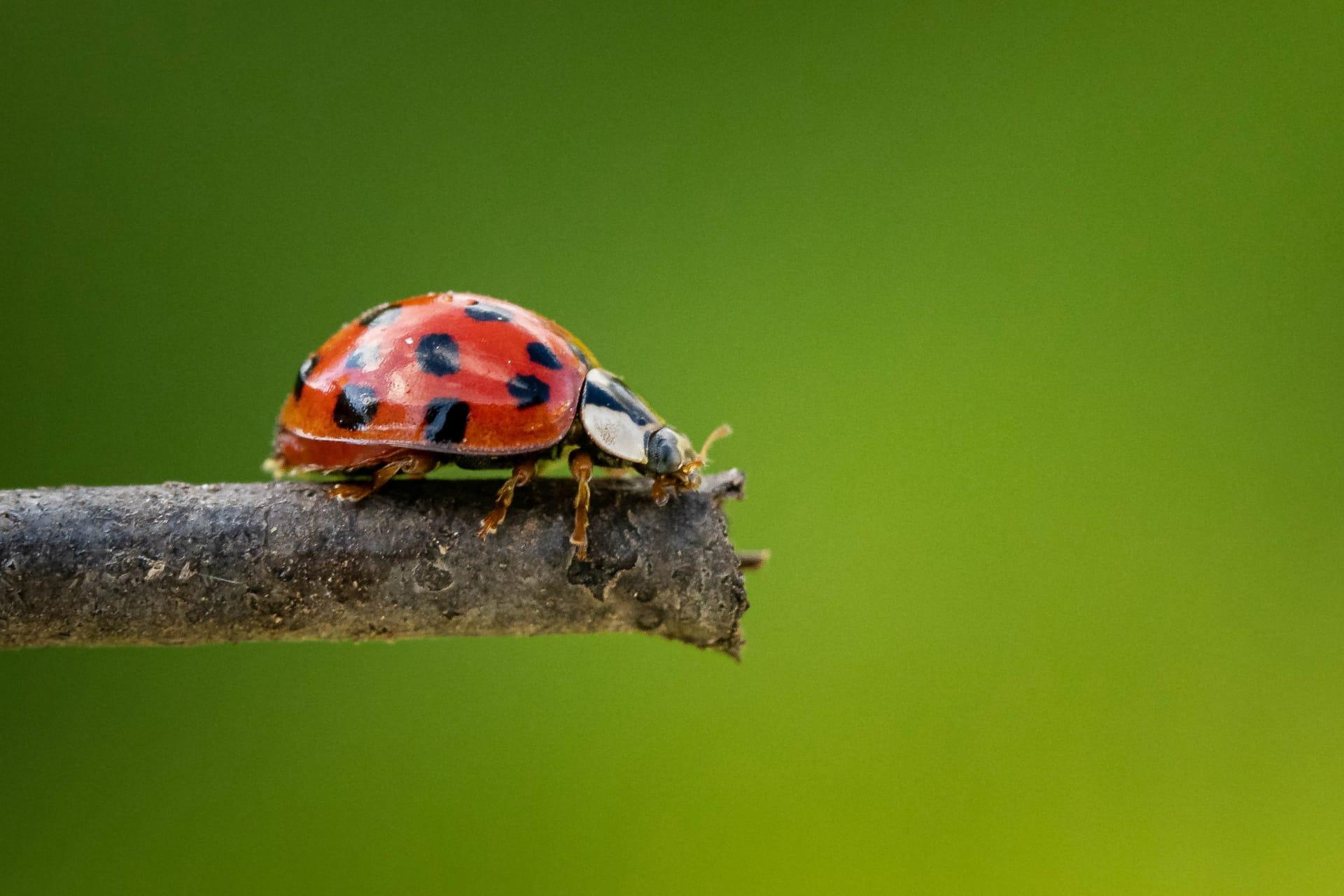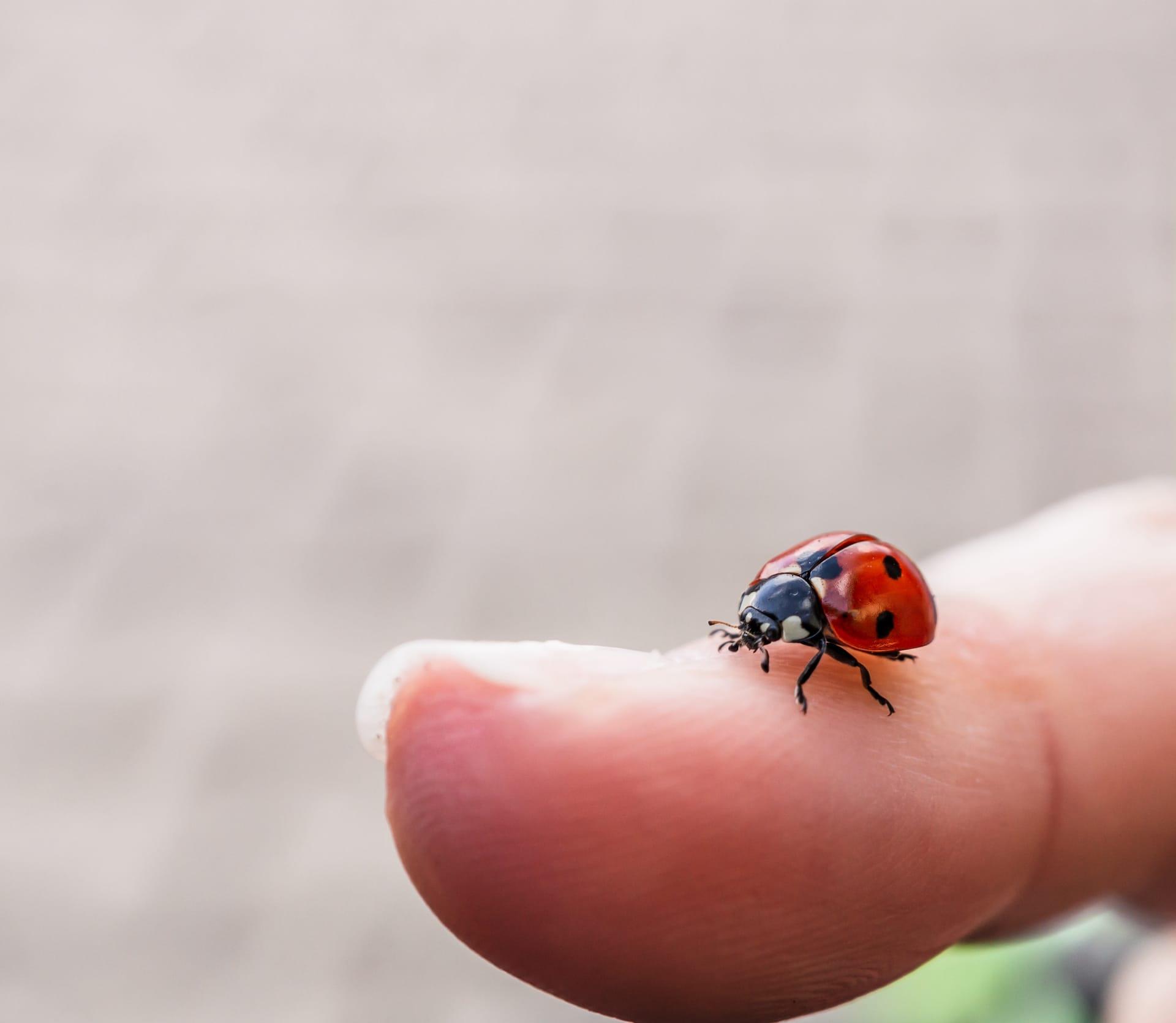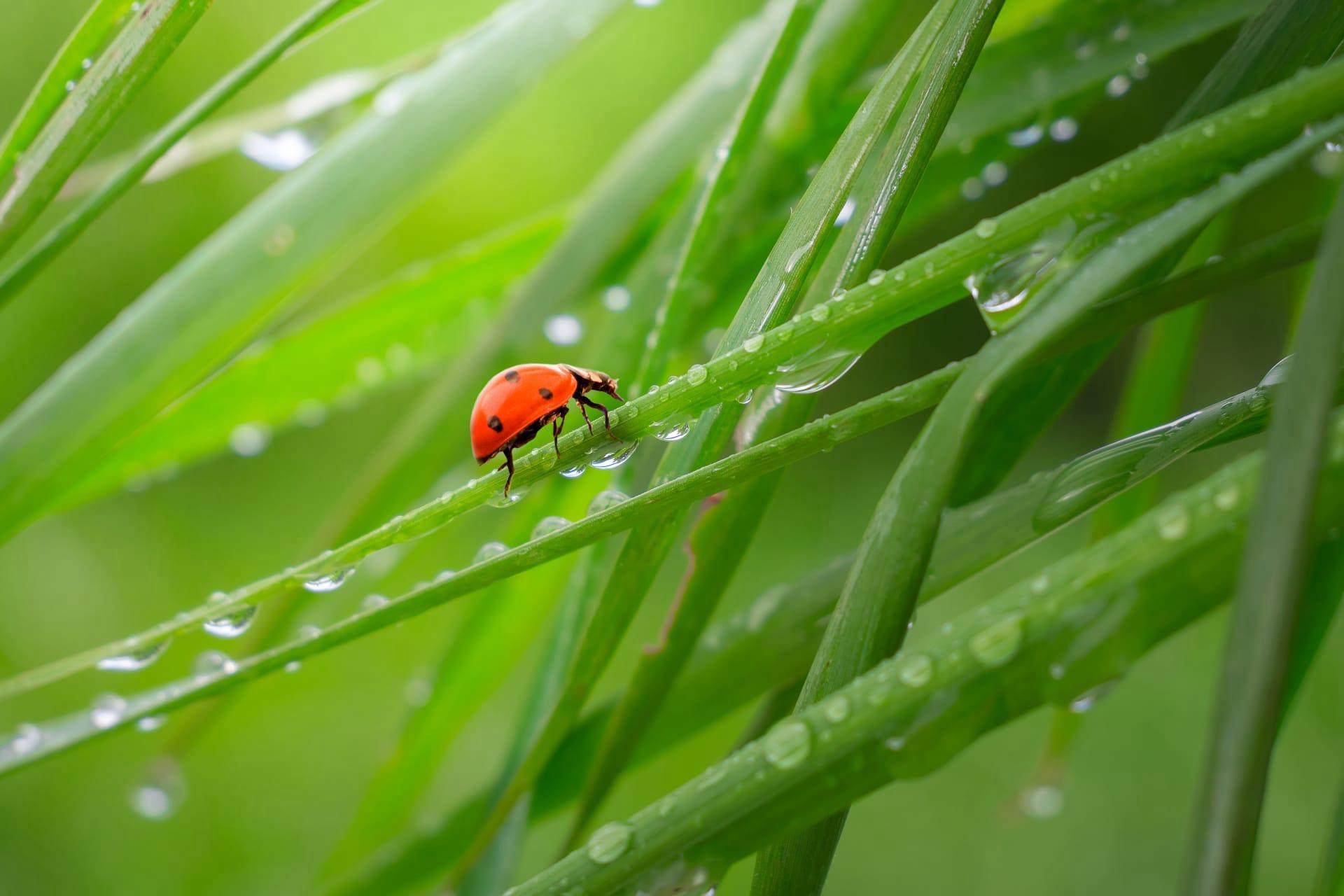Ladybug
- Home /
- Mini Encyclopedia /
- Animal /
- Ladybug
1
Ladybugs, scientifically known as Coccinellidae, are a family within the order Coleoptera, which includes beetles. This family is diverse, with over 5,000 species identified worldwide. Characterized by their distinct, often vividly colored domed bodies with spotted patterns, ladybugs have become a well-recognized group in the insect world. Their sizes range roughly from 1 to 10 mm, making them easily distinguishable. Notable species include the Seven-spotted Ladybug (Coccinella septempunctata) and the Two-spotted Ladybug (Adalia bipunctata).
Ladybugs are found on nearly every continent, thriving in various environments such as forests, grasslands, cities, and even deserts. They are particularly abundant in temperate regions. Their global distribution is a testament to their adaptability and resilience. For instance, in North America alone, there are about 450 species, while Europe hosts around 175 species. Asia, particularly in countries like China and Japan, also has a rich diversity of ladybug species.

2
Question: Do ladybugs only eat aphids?
Answer: This is a common misconception. While ladybugs are known for their appetite for aphids, their diet is quite varied. Many ladybug species are indeed voracious predators of aphids, which makes them a natural ally for gardeners and farmers. However, they also consume other soft-bodied insects like scale insects, mites, and sometimes even plant matter. Their diet can change based on availability of prey and environmental conditions. This adaptability in feeding habits contributes significantly to their widespread presence across different ecosystems.

3
Ladybugs employ several survival strategies. One of their most notable tactics is their bright and colorful appearance, which serves as a warning to predators. This phenomenon, known as aposematism, indicates that they might be toxic or unpalatable. Indeed, ladybugs can excrete a yellow, foul-tasting fluid from their legs when threatened, deterring potential predators.
Another key survival strategy is their reproductive capability. Ladybugs can lay hundreds of eggs in their lifetime, ensuring a high probability of offspring survival. These eggs are usually laid in clusters near food sources, like aphid colonies, providing immediate nourishment to the larvae upon hatching. The larvae, which look quite different from adult ladybugs, are equally efficient predators, often feeding on the same prey as adults.

4
In ecosystems, ladybugs play a crucial role in controlling pest populations. By preying on aphids and other harmful insects, they help maintain the health of plants and crops. This natural pest control is invaluable in agriculture, reducing the need for chemical pesticides.
Ladybugs also contribute to biodiversity. As both prey and predator, they are a vital part of the food web. Small birds, spiders, and other insects often prey on ladybugs, making them an integral component in maintaining ecological balance. Additionally, their presence is an indicator of a healthy ecosystem, signaling a well-functioning and biodiverse environment.

5
Film: "The Secret World of Ladybugs" (United Kingdom, 2016) - This documentary delves into the fascinating life of ladybugs. It explores their life cycle, survival strategies, and the role they play in our ecosystems, offering viewers an intimate look at these colorful insects.
Book: "Ladybugs of North America" (United States, 2010) by Judy Allen - This book provides an in-depth look at the various species of ladybugs found in North America. It covers their biology, behavior, and the role they play in the environment. Allen's work is comprehensive and accessible, making it a valuable resource for both enthusiasts and professionals.
Book: "The Love Life of Ladybugs" (United Kingdom, 2018) by Thomas Eisner - This book delves into the lesser-known aspects of ladybug behavior, particularly focusing on their mating habits and reproductive strategies. Eisner's work combines scientific rigor with engaging storytelling, offering insights into the complex world of these beloved insects.